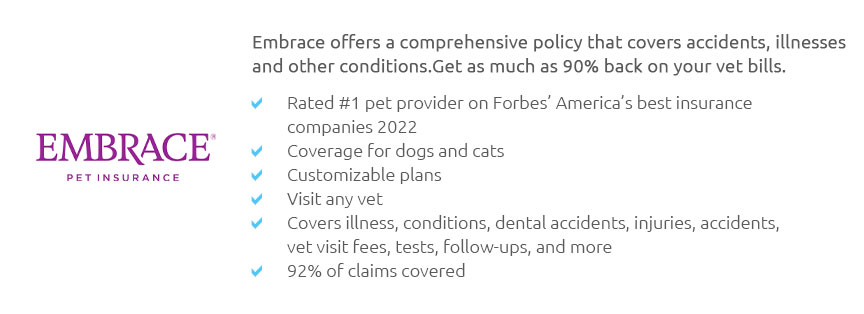 |
 |
 |
 |
 |
 |
|
 |
|
 |
|
 |
|
 |
|
 |
 |
 |
 |
 |
 |
 |
 |
Understanding Dog Insurance Costs: A Comprehensive GuideWhen considering the costs associated with owning a pet, one might wonder, how much is dog insurance? This seemingly simple question unfolds into a myriad of considerations, each as important as the next. The price of dog insurance varies widely, influenced by factors such as breed, age, location, and the level of coverage desired. Firstly, the breed of your dog plays a significant role. Larger breeds or those prone to genetic conditions often incur higher premiums. For instance, a German Shepherd, known for its susceptibility to hip dysplasia, might cost more to insure than a mixed-breed dog. Age is another crucial factor; younger dogs are generally cheaper to insure than their older counterparts, as they typically have fewer health issues. Location also affects pricing. Urban areas with higher veterinary costs can lead to increased insurance premiums compared to rural settings. Moreover, the type of coverage you choose will greatly impact the cost. Basic plans, covering accidents and injuries, are usually more affordable than comprehensive plans that include wellness checks, vaccinations, and chronic conditions. It's akin to deciding between liability-only and full coverage in car insurance. Dog owners should assess their pet's health needs and their financial capacity when selecting a plan. Why invest in dog insurance? The peace of mind it offers is invaluable. Unexpected veterinary bills can be daunting, and having insurance can alleviate financial stress, ensuring your pet receives necessary care without hesitation. However, it's essential to read the fine print, as some policies exclude pre-existing conditions or certain treatments. Ultimately, while the question of 'how much is dog insurance' doesn't have a one-size-fits-all answer, understanding the variables at play helps in making an informed decision. Generally, premiums can range from $20 to $100 per month, but investing in a plan that fits your dog's needs and your budget is key. Frequently Asked Questions
https://www.lemonade.com/pet/explained/pet-insurance-cost/
The average price of dog insurance for an average dog is $137/month. Insurance Provider, Average Monthly Cost. Figo, $92. Nationwide, $86. Trupanion, $330. https://www.allstate.com/resources/pet-insurance/how-much-does-pet-insurance-cost
For these reasons, the average insurance cost for dogs ranges widely from about $25 to almost $280 a month, adds U.S. News. Ultimately, though, costs are ... https://www.cnbc.com/select/pet-insurance-cost/
Dog owners spent $56.30 per month on average for accident and illness coverage in 2023, according to NAPHIA, with accident ...
|